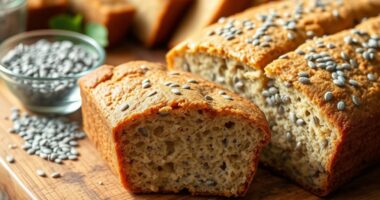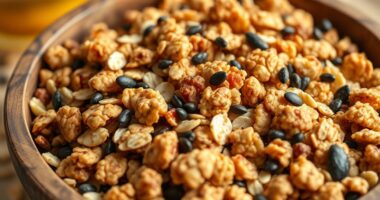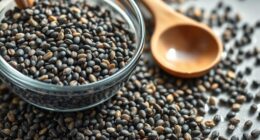When cooking lentils, you can choose to use them whole or split, as both types are versatile in different recipes. Whole lentils are perfect for grain casseroles or veggie burgers. On the other hand, split lentils are smaller and already split. Red lentils can be cooked in either a slow cooker or instant pot. Make sure the water is boiling before adding the lentils and leave the lid slightly open to allow steam to escape.
Whole red lentils are ideal for veggie burgers, cold salads, or grain casseroles
A vegetarian staple, whole red lentils are high in protein and fiber and are lower in fat than meat. They are also a good source of iron, with one cup containing more than 3 grams of iron! Black beans and lentils also contain plenty of fiber and are both high in iron! Black beans and lentils are a great source of iron for women, especially those who work out frequently. A lack of iron can result in exhaustion, as well as a feeling of tiredness.
Lentils come in many different colors and varieties. They are a versatile protein source and are an excellent low-carb alternative to rice, bread, and pasta. They are also high in fiber and contain a wide range of vitamins, minerals, and amino acids. Whether you use them in grain casseroles, vegetable burgers, or veggie burgers, lentils are an excellent choice.
When cooking lentils, add additional ingredients, such as fresh or dried rosemary, garlic, and onion. You can even use a vegan white wine. Make sure that you don’t over-cook lentils! Over-cooking lentils will turn them mushy or fall apart. Cooking times vary depending on the variety and desired level of tenderness.
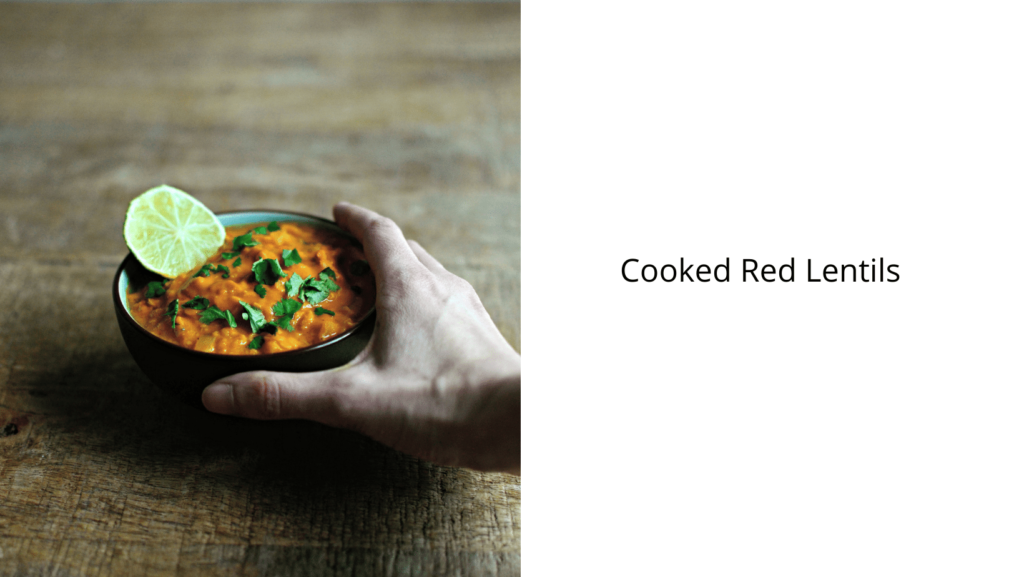
Split red lentils are more petite and already split
The most convenient of the lentil family, red split lentils are quick to cook, requiring no soaking and cooking in under fifteen minutes. Their protein content is around 30%, making them the third-highest protein legume. They contain essential amino acids, folate, vitamin B1, minerals, and dietary fiber. Split red lentils can be bought in bulk, making them perfect for cooking and storing.
When cooking red lentils, you should not overcook them, as the flesh will become mushy very quickly. Instead, use them in salads or red lentil dal. Cooking time will vary depending on the dish. You can substitute split red lentils with yellow lentils. Yellow lentils are the best substitute for split red lentils. However, the yellow ones will take longer to cook.
In addition to being a versatile superfood, red lentils are a great source of fiber, proteins, and vitamins. They grow in India and are a great source of calcium and iron. Unlike many other legumes, red lentils are a Vegan choice. They are also delicious and part of many cuisines around the world. However, split red lentils do contain less fiber than their brown and green counterparts.
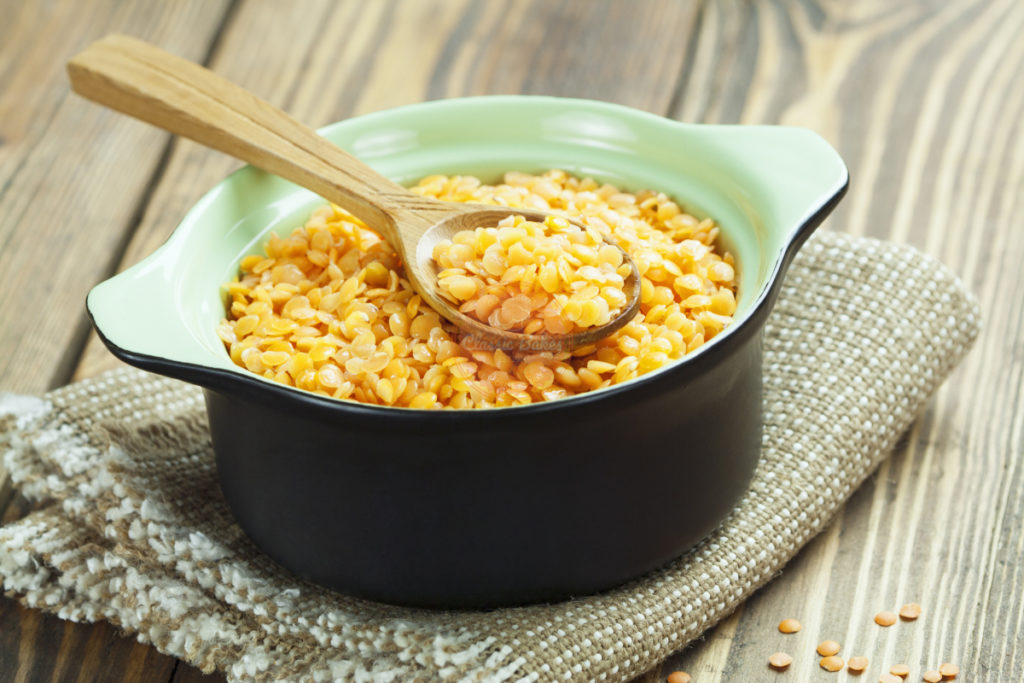
They can be cooked in a slow cooker or in an instant pot
There are many ways to prepare red lentils. A slow cooker or instant pot is a great option for this recipe. The pressure cooker is even better because you don’t have to watch the lentils’ firmness as they cook. While the broth adds flavor, water works just as well. If you’re unsure about how to cook lentils, you can experiment with different flavors by combining aromatics with the lentils.
When cooking lentils on the stovetop, the ratio is approximately 2:1: 1 cup of lentils to 3 cups of water. You can use more or less liquid, depending on your preference. For example, if you want mushier lentils, you can double or triple the recipe, though the pressure building and release time will increase. You can also add spices to the lentils if desired or use the instant pot’s saute function to brown some garlic or onions.
You can use your electric pressure cooker if you’re avoiding a slow cooker or an instant pot. It won’t require you to monitor the cooking process and will cook lentils quickly. The time to cook red lentils in an instant pot will depend on the lentil you’re using and how soft you want them to be. Once cooked, they can be stored in the fridge or freezer for up to five days or even longer.




